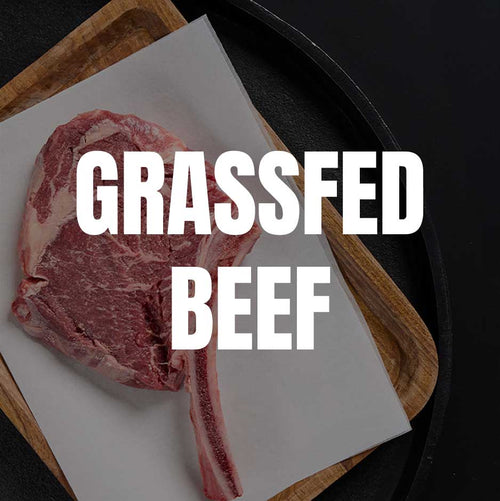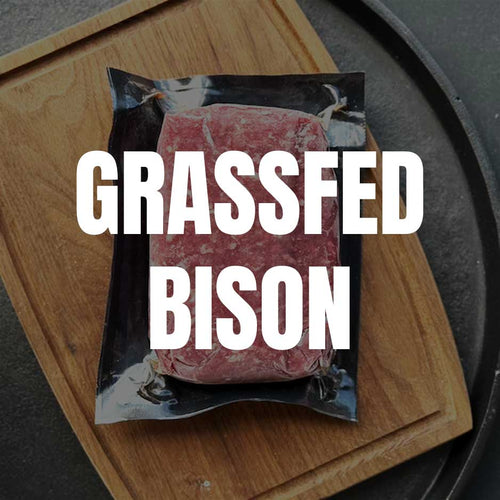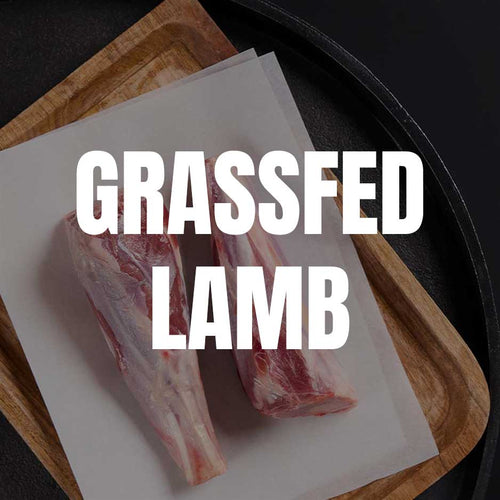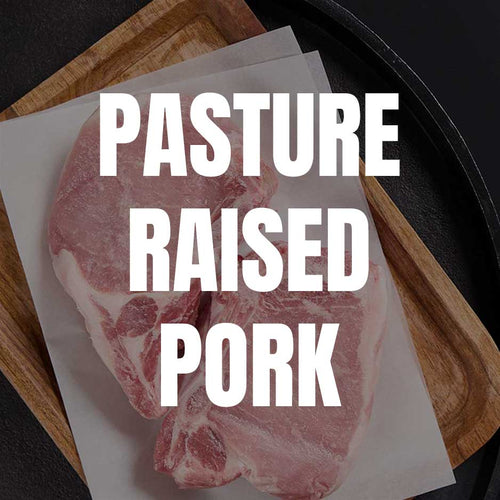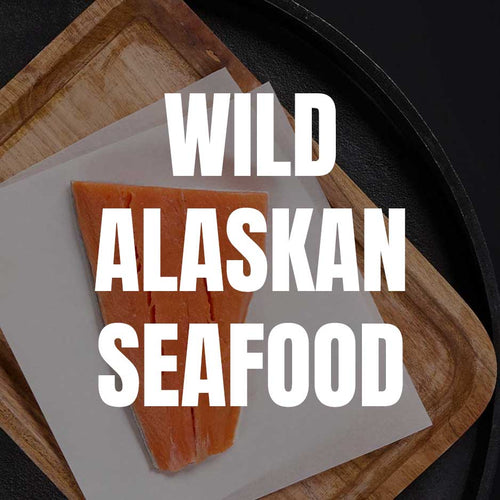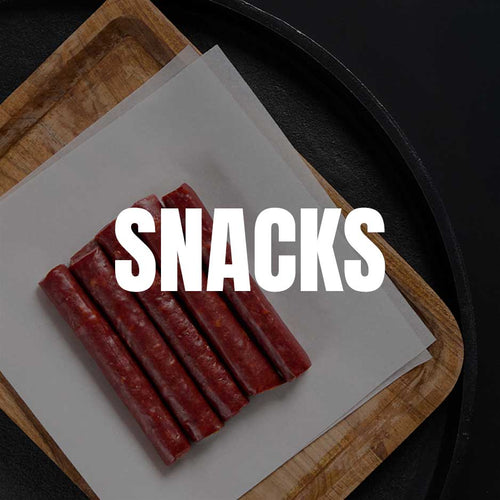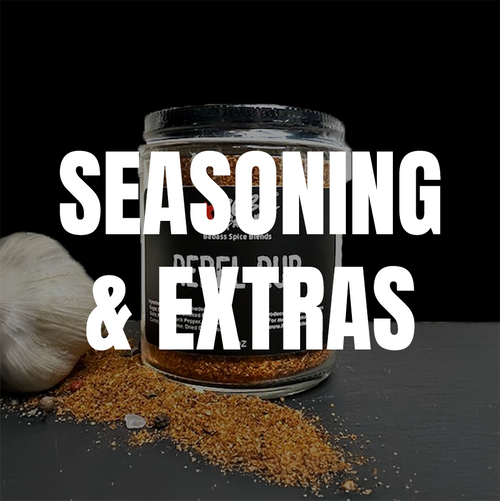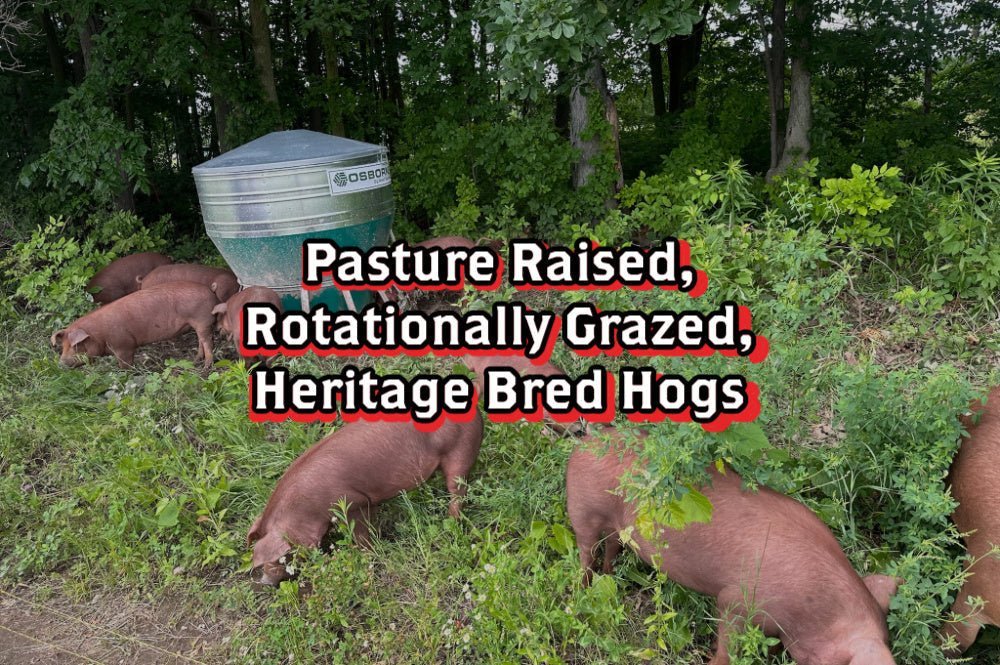
· By Jenni Bajema
Pasture Raised, Rotationally Grazed, Heritage Breed Hogs
Well, that's a mouthful. But this description is necessary! These are the things that sets Rebel pork apart from any kind of store bought pork. They truthfully describe how we raise our hogs.
But before we get into that, let's first start with a brief history of pigs in the US.

^Above photo from LOC.gov of pigs raised on a farm in West Virginia in 1936
Hog History

^ Above Photo Courtesy of South Dakota News Watch
Why We are Doing if Different:

Pasture Raised
From the picture above you can see what this means: at Rebel, we raise our hogs outside on pasture and in forests.
By raising our hogs outside, we provide an environment that allows them to express their natural instincts. Their incredibly strong, sensitive snouts can find food deep in the earth. The cool soil makes for a comfortable environment even in the heat of summer. Something that most people don't know about pigs is that they are intelligent and neat animals: When we open them into a new paddock, they figure out, as a group, where the sleeping areas are and establish the bathroom area. They do not go to the bathroom near their food, water, nor sleeping areas.
Hogs raised in CAFOs live their entire lives on slotted floors that do not allow the animals to express all of these natural behaviors. They develop respiratory illnesses from breathing contaminated air that require vaccines and antibiotics to keep them alive.
Rotationally Grazed
Rotationally grazed means we move our hogs regularly onto new pasture with temporary electric fencing.
The length of time they are in a paddock is usually 1-2 weeks and depends on several factors:
- Forage available in the pasture.
- Weather impact on soil and pasture.
- Size of pasture enclosure.
- Number of hogs in the enclosure.
- The Impact we want to occur.
With hogs, they are most comfortable when they feel at home in a space due. They are intelligent and social in nature, so by staying allowing them to establish their living spaces, they feel less stress.
We walk the pasture daily to monitor the state and quality of forage available for the hogs. When it's time to move, we set up the next enclosure and open up a gate for the hogs to move through. They quickly learn to love moving day! It's a whole new world full of wonderful, tasty food for them to forage.
 (Red Wattle Hog)
(Red Wattle Hog)
Heritage Breed
The hogs of today are much different than those of the past. Prior to the 1970 CAFO explosion, hogs were often raised outside, experienced all types of weather, and farrowed (birthed) without the use of farrowing cages - all while needing to reach their finishing weight. This means the hogs were smaller, incredibly hardy, smart, and excellent foragers.
Over the past 50+ years, much of those instincts have been bred out of the hogs used in CAFO's with only 2 traits in focus: Grow big and grow fast.
We've decided to choose the heritage breeds that have been raised and developed in backyards and small farms throughout our country for hundreds of years. These heritage breeds are hardy, expert foragers, and have great vitality. They do not do well in sterile, confined hog grow barns. They thrive where their natural tendencies can be expressed. We want hogs that will root in the soil, know how to take shelter during bad weather, have good parasite resistance, and thrive on pasture.
Now that you know about how we raise our hogs! Would you like to taste the difference? You can view our entire line of pork products here.
Or maybe you would like to see them for yourself? Check out our events page for upcoming tours of the farm!
Share:
4 comments
-
Just want to make sure I understand that your pigs your hogs your pork are all pastor raised, and grass fed correct they’re not given grains or anything just grass fed correct I’m very interested in your product. Do you sell lard?
Olga perez on
-
Do you have a store or shop to shop in?
Lisa Bouschor on
-
Thanks for a peek into your farm! I’m curious how many pigs you have in your paddock, and how large the paddock is. I’m looking to start small, maybe 5 pigs. How much space do I need to give them for rotational grazing?
Alexandra Romero on
-
Hello. Jenni — Thanks for a very good article on pork history — very good. — Bill. 🇺🇸
Bill on



